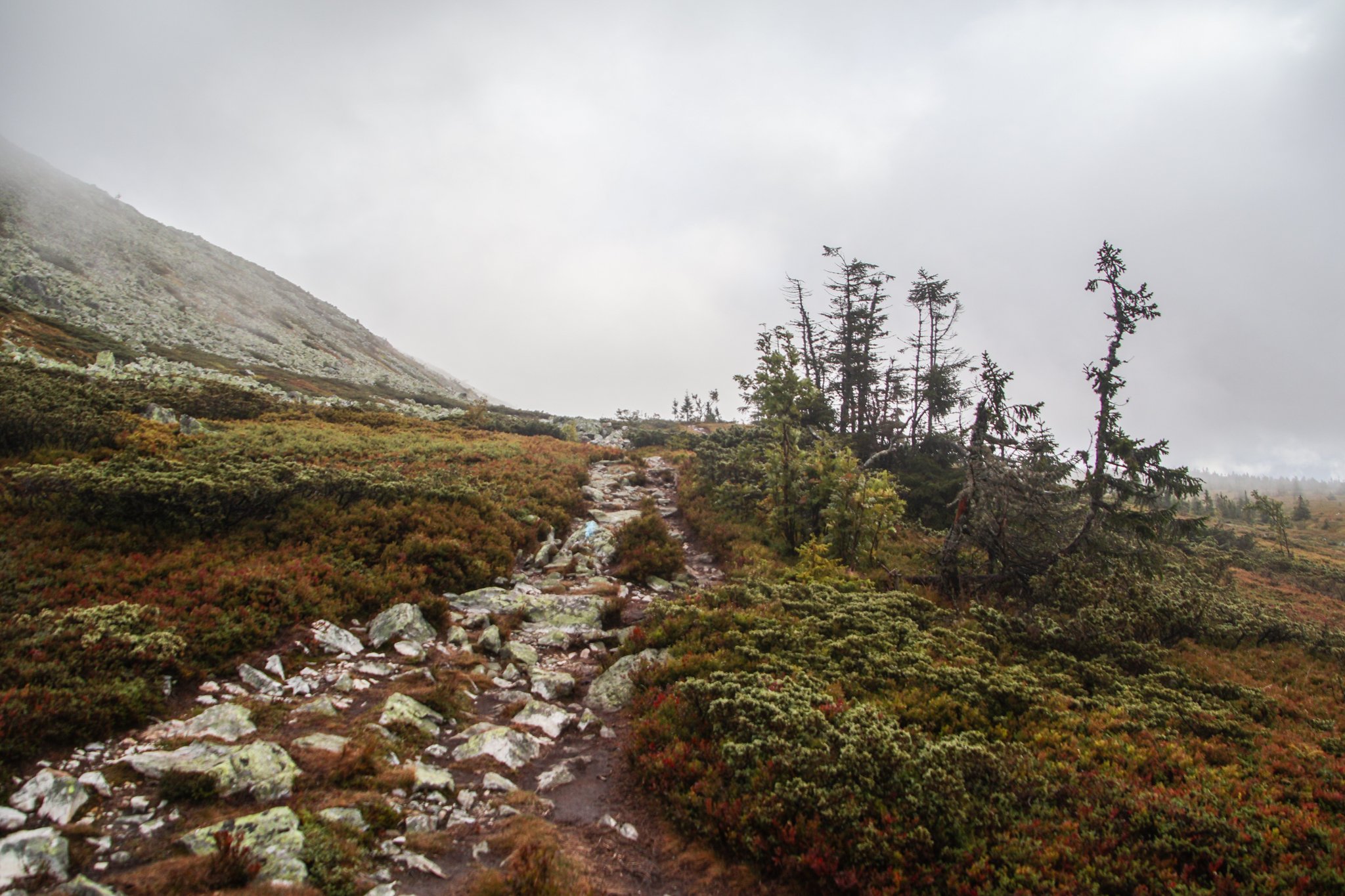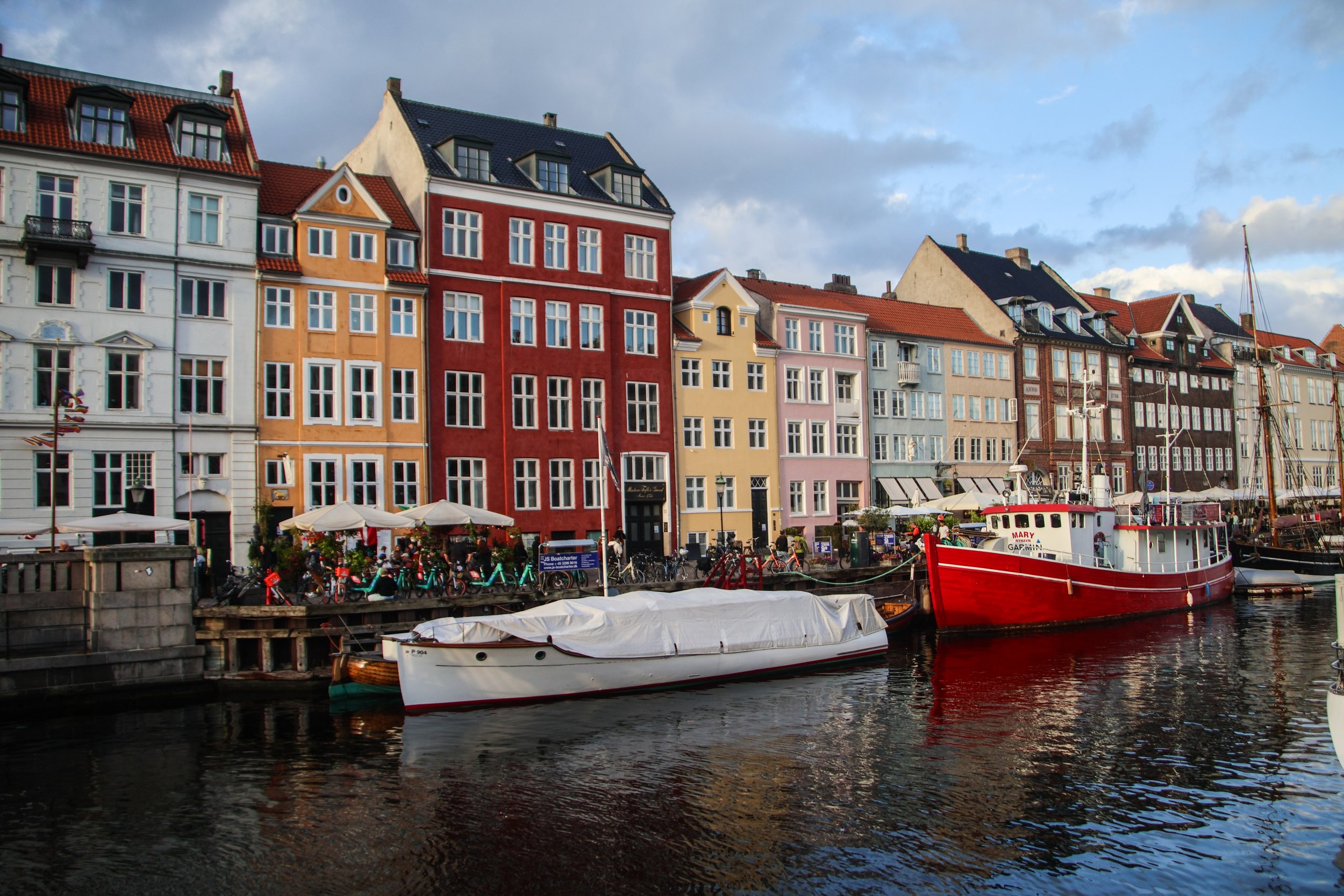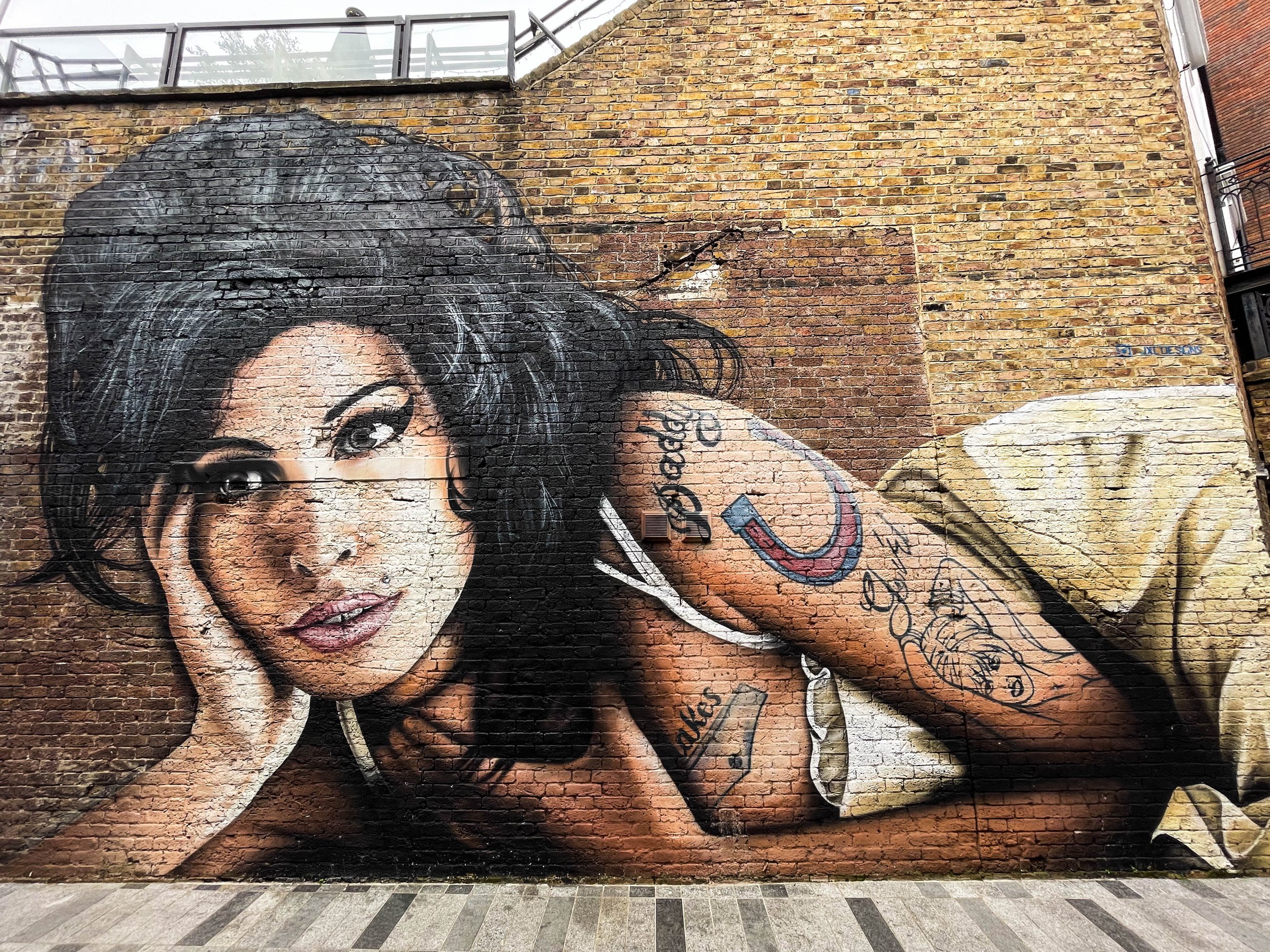During the 2024 Summer Olympics, it just so happened that I was living in Paris. Cool, right? Well, not if you asked any Parisian at the time. I love them, but they can be quite a negative bunch, and this proved especially true when it came to the Olympics. In anticipation of the games, they fled the city like an enemy force was about to invade. As a newly minted resident of Paris, I too took on this negative attitude, seemingly by osmosis. Maybe I just wanted to be included. 😂
THANK GOD I snapped out of that funk and bought some tickets! I attended 3 events at the 2024 Olympics, and it was one of the coolest experiences I’ve ever had.
Located on the right (north) bank of the Seine in the center of the Paris, the Louvre is, perhaps, the most famous museum on planet earth. But it didn’t always serve this function. Originally, when it was originally constructed all the way back in 1100s, it was actually a fortress. I mean a true Medieval castle, like you see in the movies, complete with turrets and a big moat around it. Eventually, as the urban footprint of Paris began to expand, this castle transition from a military installation to a palace for the French royals. I am really resisting the urge to jump down a history worm-hole here, so but to summarize centuries of history into a a few lines… the physical structure that was this castle was altered many times for many reasons through history. In the late 1600s, when King Louis XIV relocated to the Palace of Versailles, the Louvre was repurposed to house his extensive art collection… and things have evolved from there. It was first opened to the public in 1793 with a mere 537 paintings, and that number has now grown to include a breath-taking 500,000 objects, which collectively attract almost 9 million visitors per year, making it the most visited museum in the world.
Now that we’ve done a bit of ground-work on Paris in the previous article, let’s get out there and start tickin’ some tourist destinations off the ol’ list, eh?
In this article we’re going to cover The Eiffel Tower, Cathédrale Notre-Dame (outside), Madeline, Place Vendôme, Tuileries Gardens, Jardin Du Palais Royale, Sainte-Chapelle, Galeries Lafayette, Basilique du Sacré-Cœur de Montmartre, and The Louvre Museum (teaser)
Paris needs no introduction, but here’s one anyway.
Paris is the capital of France and—in terms of metro area—the largest city in the European Union by a HUGE margin. According to the OECD, the population is 11.2 million. For context, the next largest metro area population in the EU is Madrid, at 6.9 million. London (now ex-EU) and Istanbul (definitely not EU) clock-in at 13.4m and 14.6m respectively, according to the same OECD data set. So Paris is more than just a historic, beautiful place (although it is those things as well)—it actually fits the definition for a “mega-city”, in the same league as Mumbai, Mexico City or Los Angeles.
I was excited to see some of Norway’s legendary mountains! Unfortunately, Freyr (the Norse god of good weather) was otherwise occupied during my visit. During our entire stay in Trysil, the landscape was covered in a thick fog and a cold, driving rain. It was perfect weather to cuddle up with a good book in a mountain cabin… but we had other plans.
Bright and early, we set out into the cold, foggy wetness to complete our hike. There were about 5 minutes where the sun managed to poke through the cloud cover, so I’ll show you those photos first. We were not in a particularly scenic part of the trail during that fleeting moment, but even then it was clear that—had we been able to see the landscape around us—it would have been incredible. The sun reveals a stunningly bright color palette on the grass around us.
As you know, today we’re in NORWAY, which is a new country for this blog! Unlike its Scandinavian peers, Norway is actually not part of the European Union, although it is a member of the Schengen area. Oslo is far and away the largest city in Norway, with a metro area population of 1.5 million people, although Oslo proper has less than half that number. For context, the next largest city in Norway by metro area is Bergen with about 460k people. And Norway overall has a population of 5.52 million people. That’s less than half the population of London, and is more than 7x smaller than the population of the Tokyo metro area. Not a big place, even by Nordic standards. But it’s definitely a beautiful place.
Here are a few fun-facts about Oslo…
While it might seem like just some quirky hippie commune, Freetown Christiania is actually a self-proclaimed micro-nation within Denmark that operates by its own set of rules. It’s got its own flag (shown here), and the approximately 1,000 people who live within its borders apparently do not think of themselves as being Danish, but rather, as “Christianites.”
But let’s go back to the beginning of this improbable story. I think context is key here in order for this to make any sense.
Copenhagen is an interesting example of how the center of gravity for contemporary, social life is often not in the historic city center. I think this is true in varying degrees in many cities across Europe, but what I understand from speaking with my Danish friends over here, is that this phenomenon is particularly decisive in Copenhagen. If you move to Copenhagen, most people will tell you that the best place to live is not Indre By, but other neighborhoods that are a bit further afield, a bit less dense, a bit less historic, and a lot less photogenic.
Today we’re going to focus on two such neighborhoods, which have a reputation for the being the “cool / trendy” areas in Copenhagen: Frederiksberg and Nørrebro.
Copenhagen (or, in Danish, København) is the capital city of Denmark. It is also the most populous city, with a metro area population of 2.1 million people, which is almost double the population of its next largest city, Aarhus. If you’ve never taken a moment to observe the geography of Copenhagen, you can do so on the map below; it’s actually pretty interesting. It sits on an island in the North Sea called Zealand—which is home to a whopping 40% of Denmark’s population!—right between Sweden and the peninsula that forms mainland Denmark. This stretch of water is known at the Danish straits, and it separates the North Sea from the Baltic Sea. Thusly, it is quite a consequential water way for trade with Poland, Finland, the Baltics, and Russia.
Camden Town is a vibrant little area in north London that is famous for—among other things—its rich history with London’s musical lore. This area has long been associated with London’s punk scene, and indeed you’ll still see some people walking around this area sporting 2-foot high mohawks and all kinds of punk stylings that strike one as being almost performatively contrarian. Camden had deep ties to the early punk movement in Britain, with bands like The Clash, The Sex Pistols, and The Ramones famously frequenting this area. Apparently the photo on the cover of The Clash’s debut album (the real ones will know) was shot here in Camden. Later on, bands like Joy Division and The Cure would play here frequently, but Camden’s most recent contribution musical lore was none other than Amy Winehouse. She actually lived here, and as such, this neighborhood’s already-crowded mural scene is now infused with her likeness.











